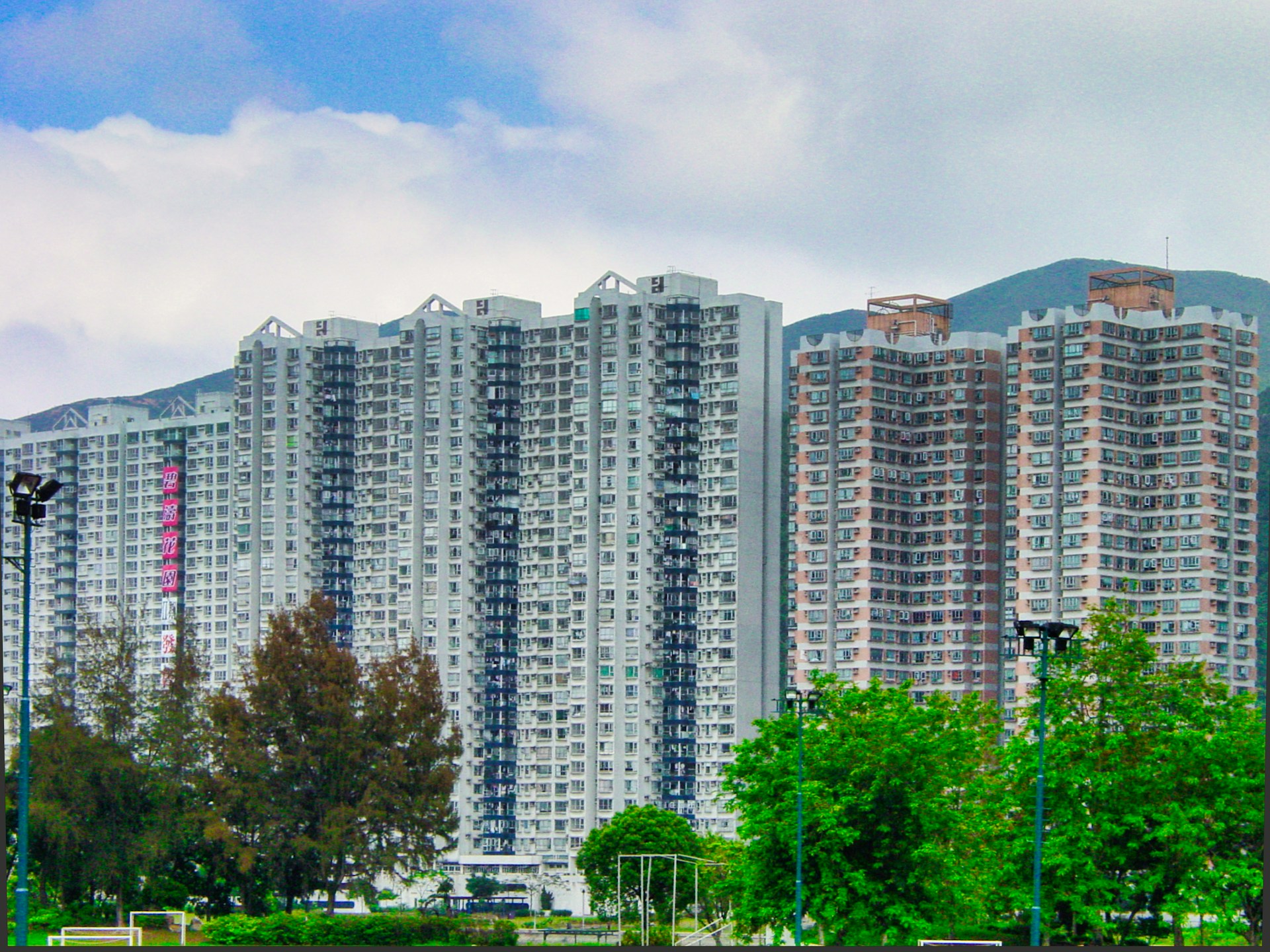Affordable Housing and Social Equity: Building Inclusive Communities
In today’s fast-urbanizing world, accessibility to affordable housing is a serious concern such that it can no longer be considered an economic issue alone but is rather the basis for forming all-inclusive equitable communities.
Housing affordability is an immediate aspect of the capacity of people to thrive in terms of education, health, and work opportunities.
The article, therefore, looks at the manner in which affordable housing may promote social equity, what barriers prevent it, and how to build communities for all to thrive.
The Role of Affordable Housing in Advancing Social Equity
Affordable housing actually becomes the essential foundation for seeking to redress social inequities.
It provides stable living conditions that allow families to conduct educational studies, build careers, and get health care without fear of being uprooted.
People are able to owe this constant core the means to satisfy many other essential needs without the cost of housing causing reductions in consumption by individuals and families to overcome poverty.
In addition, affordable housing promotes an integrated society through diverse and inclusive neighborhoods.
When there is a municipal of people from dissimilar economic, ethnic, and traditional backgrounds, it offers opportunities for understanding and collaboration.
The school, workplace, and public space benefit from this diversity as it reduces segregation and improves belonging.
Affordable housing also serves needy populations: low-income families, elderly people, and people with disabilities, making dignity and security possible.
Housing programs that consider the specific needs of such categories will enhance equity at the societal level by closing gaps among them.
Barriers to Inclusive Communities
Though it has glimmers of hope, affordable housing, and all its prospects attract problems.
1. Increased Prices and Gentrification
The constant increase in prices of land and construction pushes many low-income families outside the cities’ boundaries into gentrified areas.
Though redevelopments all around make room for rejuvenated neighborhoods, they often drive away old-time residents and put social equity at risk.
2. NIMBYism
NIMBYism is a significant barrier that local communities throw up against many things worldwide.
Sometimes, local inhabitants prevent such housing from being used because of having wrong ideas associated with home value and security within the neighborhood.
This promotes segregation and gives poor people poor access zones to opportunity-rich areas from which they might have otherwise benefitted but suffer exclusion.
3. Policy and Fund Shortfalls
Public funding for affordable housing is insufficient to meet the need.
Also, zoning regulations and restrictive land use policies may impede the establishment of mixed-income communities, condemning low-income households to resource-poor areas with opportunities lacking.
4. Systemic Discrimination
Bias built into conventional lending, leasing, and real estate practices builds differences in housing access.
Especially for the communities of color, discrimination aggravates inequality and stymies the efforts needed to fatten neighborhoods with the intended goal of making them more inclusive.

Policies for Building Comprehensive Communities
Numerous equalities are not practical at all–it attempts visualization on how to build inclusive communities through innovative efforts, policies, and engaging societies by inviting the private sector.
1. Inclusionary Zoning Policies
Inclusionary zoning is a scheduling tool that involves developers or constructors to make it part of their new residential projects a given proportion of affordable units.
It is therefore a strategy that produces mixed-income communities in neighborhoods.
Such provisions have found their successful application in cities like New York and San Francisco and would provide such learning opportunities for others.
2. Public Private Partnership
Partnership in Public Assets and Services: Governments, nonprofits, and private developers can join hands to promote affordable housing initiatives.
PPPs are used to leverage public resources for streamlining the development process and ensuring community acceptance of project implementation.
Some PPPs may offer tax benefits to builders who would build affordable units.
3. Revitalization without Displacement
Any urban renewal project should concentrate on improving existing communities while upgrading the environment and different amenities.
Rent control and tenant anti-eviction policies are some of the instrumental regulations that can prevent a resident from pricing him or her out of his or her home as a result of the redevelopment.
Community land trusts can prevent displacement as they ensure long-term affordability because the land is owned collectively.
4. Improving Community Engagement
Genuine community involvement is critical to the successful implementation of affordable housing initiatives.
When residents feel that their voices are heard, they become more inclined to trust their planners and, therefore, more likely to accept developments that might alter their neighborhood.
Transparency, a communication plan, and an education campaign will address NIMBYism issues, presenting the information in a proper context so myths will not go unchallenged.
5. Tackling Systemic Inequalities
Attending to any discrimination that is multiplied profusely inside the confines should also attend to efforts toward fair housing.
This calls for the strengthening of antidiscrimination laws, enforcement of those laws, poor legal aid and increasing accountability in housing markets.
Conclusion
In a nutshell, affordable housing is much more than bricks and mortar-it is the basis of reasonable and inclusive societies.
To break through blocks such as redevelopment, policy disorderliness, or universal discrimination, societies must be built to create opportunity for all.
It takes bringing policymakers along with community members into the fold for aan ffordable, inclusive, and equitable process of development and building.
Inclusive societies are not mere standards but ammunition for maintainable social and economic growth.
Access to reasonable housing is, therefore, one of the life-threatening steps toward achieving this ideal.
Collaboration and innovation can, therefore, bring forth an image of the future where everyone belongs-having a place called home regardless of income or background.
Also read: Social Costs vs. Economic Benefits of Gentrification

